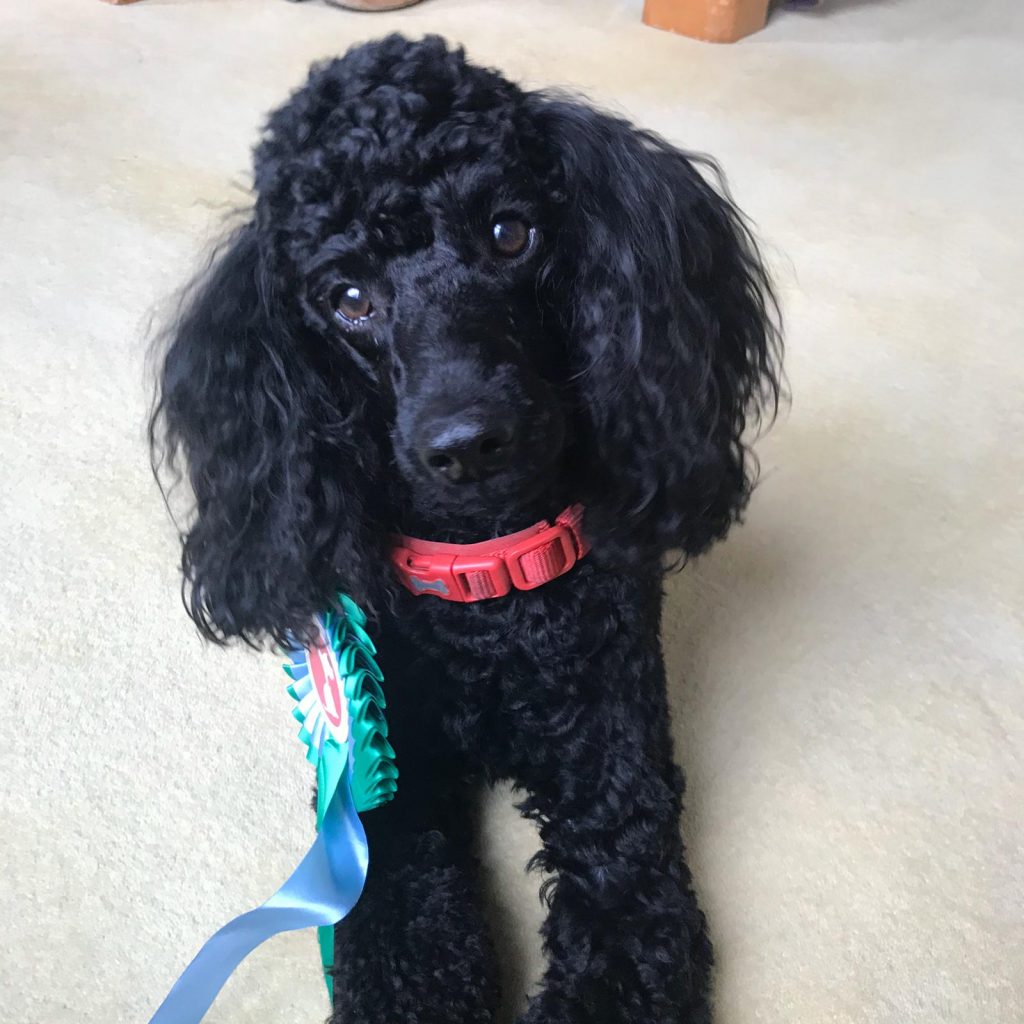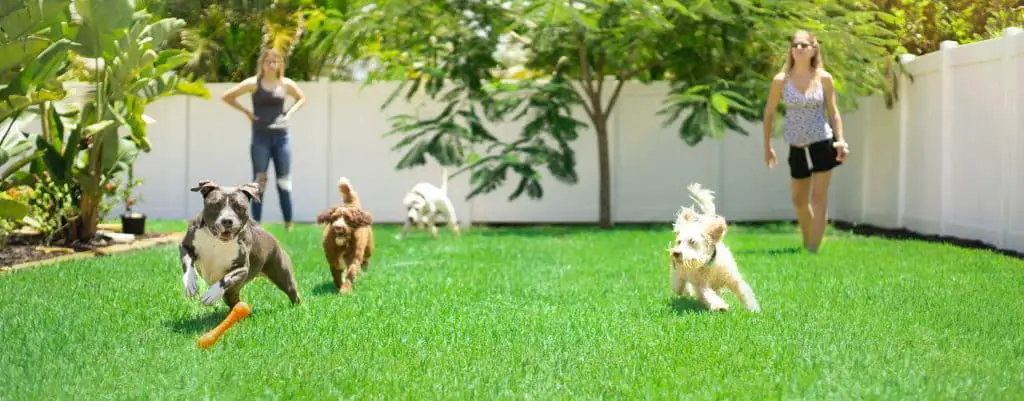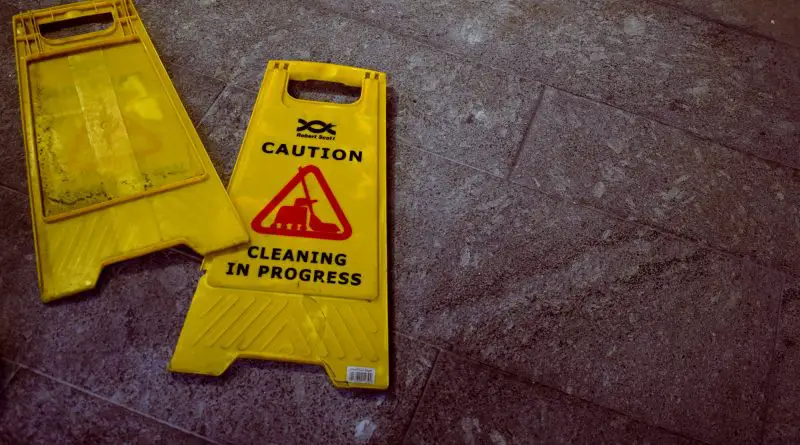When Should a Poodle Be Potty Trained? How to stop your poodle from ruining your rugs for good….
We love poodles, especially when they’re young. After all, there are few animals more adorable than a poodle puppy- they are cute, fluffy, playful and a joy to be around. Yet, these exuberant balls of energy do come with their downsides. Namely, they’re not yet house trained and have been using your home as their toilet- for both pee and poo. So potty training is obviously a priority for many owners. You don’t want to be cleaning up they’re mess forever (or ruining your expensive furniture, carpets, and clothes!), plus like their adult counterparts, poodles urine and feces is unhygenic, full of nasty bacteria and viruses that can cause illness- and can also really smell and stain expensive rugs and furniture. This guide can also be applied to poodle mixes ad doodles- read more about poodle mixes here.
However, for many owners, there is a lot of confusion about when to potty train a poodle, how to prepare your poodle for potty training, and how to make sure the lesson sticks with your poodle and they do not revert back to using your home as their personal bathroom. The reason for this confusion is that a puppy manuals will often tell you different things and different ages. Some say you should wait until they are older and others say straight away. There are thousands of books devoted to the subject and hundreds of experts and consultants offering their advice.
But you needn’t fear. House training is easy enough to do and most dogs quickly learn that they are better off going outside when they need to go. Poodles are pretty bright dogs, and they’ll quickly pick up any new skills you teach them. All it takes is a little patience and consistency- as with all things when trying to train a poodle!

Poodles should start being potty trained or house trained as soon as possible. The sooner your poodle starts to know that they can not poo and pee anywhere they fancy the better. You don’t need to be overly harsh on your poodle puppy, it’s just about helping them understand that toileting anywhere is not polite as soon as possible. However, much of the training may need to remain in the home and your yard until your poodle is around 3 months old, when they are allowed outside fully after their vaccinations have all been administered. This is to help keep your poodle safe from any illnesses they might pick up from other dogs. However, you can still make good progress potty training in your house and yard or garden.
Whether you’re in the middle of potty training your poodle, or you’re thinking about getting one and want to get ahead of the curve, read on.
Why it’s essential to potty train a poodle …

There’s one very obvious reason to potty train your poodle: the mess. Without explicit instruction, your dog won’t know where to go, so they’ll end up going anywhere they think looks like a good place. They might pick somewhere obvious like the middle of the living room floor, or they might decide to go somewhere hidden from view- like behind the TV, where they could damage the electrical wires- plus you could spend hours looking for the hidden smell not knowing where it’s coming from.
Next thing they know, they’re being shouted out for something they didn’t know was wrong. So, to avoid having to clean up all kinds of mess and keep your home smelling clean and fresh, you’ll want to potty train your poodle.
The earlier you start potty training, the more readily they’ll learn. As the old saying goes, ‘you can’t teach an old dog new tricks.’ As such, get started young to instill and solidify the lesson. Soon it will just be part of their routine and they will begin letting you know when it is time for you to let them outside to go to the bathroom. They will do this using non verbal cues, such as standing by the door.
But how young do you need to start? What age is best to begin potty training?
As a rule, the sooner you start, the better it will be. If the poodle spends a prolonged period in their new home, patterns of behaviour will begin to get established- so if they begin to think that using your home is their bathroom from the start they will find it harder to learn to go outside. Therefore, by starting early, you combine their recent memories of their home, with the routines of where to go, when nature calls.
Obviously, not every poodle will be a puppy. For some, most often adopted dogs, the poodle may be a little older. Hopefully the last owner already potty trained the dog. However, you may need to start from scratch. Additionally, remember that puppies should not be taken to public areas until their full schedule of vaccinations has been completed. Typically, this is done by three or four months old. However, if you do have any questions or queries, speak to your vet. Schedules can differ from vet to vet.
How to prepare your poodle to be potty trained…

So, now we’ve established why and when to start potty training your poodle puppy, let’s move onto the preparation. Whilst you might be eager to dive straight in. It’s best to approach potty training with a plan.
One of the most important aspects of house training your poodle is creating a strong routine for your poodle. This should apply to all areas of their life, from the time they eat to the time they walk and the time they go to bed. This will help with potty training because these three areas are strongly linked to when your poodle will need to go to the bathroom- and if you can predict when they will need to use the bathroom the easier it will be to train your poodle to associate using the bathroom with being in a certain place (such as on an absorbent mat or in the yard). As well as helping your poodle learn where to go to the toilet, it will help with other elements of their behavior too as they will become more secure and settled with a good routine.
Poodles, like all dogs, are likely to need to use the toilet shortly after eating and drinking and after waking up from sleep. They need to learn to wait until they are outside before going to the bathroom, so keeping these three things at the same time each day will help your poodle to learn when they need to go. If your poodle isn’t eating enough, this guide should help you work out what you can do to help.
Tops tips to bear in mind:
1. Keep your poodle by your side. At least for the first few weeks, try to keep your poodle within eyeshot or in the same room. A puppy given free rein to roam the house is less likely to learn the rules and more likely to have accidents in unexpected and hidden places. Try to avoid fencing off an entire room, as poodles will often find a corner in which to pee or poo. You might consider investing in an indoor canine playpen for when you have to do chores around the house and are not able to keep an eye on your puppy.
2. Consider the training treat. Not all treats are made equal. Some are better than others. If it doesn’t feel like a treat to the dog, then it won’t work. It needs to give them a happy feeling, so they associate the treat with the activity. Aim for something fresh, small and packed with flavour. With the right treat, your poodle will be extra motivated to go to the bathroom in the correct location. You should give your poodle a treat every time they go to the bathroom in the correct place, ideally within 10 seconds so they learn to associate what they have done with treats. Poodles respond very well to praise and affection, so when administering the tream makes sure you verbally praise you puppy and pet them nicely, to further enforce the idea that them going to the bathroom outside pleases you and leads to good things.
3. Set a potty area. Please don’t move the potty area around; it will only confuse your poodle. Instead, be consistent. Once you’ve established a spot for them to go, stick with it, encouraging your poodle to go there by placing them there after meals, when they wake up and giving them treats and parise when they go in the correct spot.. However, this does mean picking the location carefully. The potty area should be close to home, not near any human activities (gardening or playing), and away from any distractions (traffic or neighbours). But be careful not to make the area too small- a small yard will be fine, but for example only allowing your poodle to go in a very small area won’t work Dogs like to move around and sniff before going to the bathroom, so let them do this in line with their nature.
How to potty train your poodle
There are numerous different methods for potty training poodles. All rely on the above tips. However, the three most popular methods include:
– Bell training
– Pad training
– Crate training
We’ll cover each one, providing a step-by-step guide to the process.
Bell training
First up is bell training- this is a slightly less common method but is one that i can personally voice works well. One of the hardest parts of potty training is to know when your poodle needs to go- while keeping your poodle in a routine helps as discussed above, sometimes poodles will need to go at unexpected times too- and this is impossible to predict. The aim is to associate a particular behaviour (going to the designated area) with a specific sensation (needing to poo or pee). But unfortunately, poodles can’t speak. And barking isn’t much help either! That’s where bell training comes in.
1. Start by installing a training bell near the door. Often these are low to the ground so that the poodle can cause it to ring.
2. Hold a treat near the bell, until the poodle accidentally makes the bell ring. Only once the bell has been rung does your dog get the treat. To enhance the response, get excited, exclaiming ‘yes!’. Next, say ‘Touch’ when then hit the bell.
3. Keep practising until they ring the bell when you say touch. Then begin the secondary association. Once they ring the bell, take them outside. Once they’ve relieved themselves, give them a treat.
4. Don’t punish accidents. Instead, say ‘No’ and carefully take them outside. If you think they are just about to go, take them to the bell, ring it, say ‘Touch’, then take them out.
Over time the behaviour will become ingrained. You’ll always know when your poodle needs to go. Plus, you’ll have fewer accidents.
Pad training
If your dog is left alone at home for many hours, then this may be your preferred training method. It’s also useful with miniature and toy poodles, who have smaller bladders. It requires leaving a disposable pad in an area of your home – typically near the door – and training the poodle to go to the bathroom there.
1. Place the disposable pad in the preferred location. Usually, these pads are treated with chemicals which help the puppy or dog to go to the bathroom there.
2. To begin with, use a larger area of pads in an enclosed space. Over time, reduce the number of pads, as their bladder and bowel control improve.
3. Whenever they appear to need the bathroom, place them in the gated area. As before, you’re trying to create an association between the sensation and subsequent behaviour. Furthermore, leaving a urinated pad under a fresh pad can strengthen the association. The dog will smell the urine and know where to go.
4. Once they’ve gone to the toilet, give them a treat.
5. Until the association has been created, keep your puppy or dog near you. That way, they are less likely to have accidents. Allowing them to roam the house is asking for trouble. It will also slow down the speed of potty training.
Crate training
Once again, it is a fantastic method of potty training for dogs that will be left unsupervised for a long time. Plus, you can combine the prior two methods with crate training. The technique requires leaving a poodle puppy in an enclosed area. The aim is to get them to urinate or defecate in this area, and not in their sleeping area.
So, the poodle sleeps in the crate and is removed when they need to go to the toilet. Then they can be taken to either the pad or the designated outside area. However, don’t keep the puppy in the crate for too long. Doing so can lead to accidents, and will only confuse the lesson. Eventually, you can leave them for longer, as the crate will become a safe enclosed space for them to rest inside. But remember, a young puppy (less than six months old), can only hold in their urine or bowels for around 1 to 3 hours.
1. Place the puppy in the crate. They may dislike it at first, preferring to be with their owner. However, in time they will adjust and will start to see their crate as their safe and quiet area to retreat to and sleep peacefully.
2. Whenever you can’t directly supervise the puppy, keep them in the crate.
3. As soon as they need to use the bathroom, take them from the crate to the designated area. Remember they can’t hold their bladder or bowel for long. Don’t leave them in the crate for too long either.
4. Don’t place the puppy in the crate without first taking them to the ‘bathroom’
Feeding and Potty Training
Feeding your poodle at the same time every day should create a predictable bowel routine.
Naturally, smaller pups will need to be fed more frequently. After having eaten or drunk, poodles will need to go to the bathroom within about fifteen to thirty minutes. The more they eat or drink, the more often they will need to go. While you should give them free access to water, puppies can drink too much. This can lead to accidents.
So, remember these tips, and you should avoid any dreaded accidents. Be consistent and encouraging. Once the behaviour has been ingrained, stick with it. Soon you will have to give little thought to your poodles bathroom habits, as they learn when and where to go. Most poodles over time will learn how to communicate with you when they want to go outside, perhaps by standing by the door. It’s important to pay attention to your poodle when they do this, as they are clearly telling you they need the bathroom and ignoring this could lead to accidents.
Never punish your poodle for having an accident. Poodles, like all dogs do not understand why they are being punished so it is pointless ever punishing your poodle for having an accident. Instead, focus on positive reinforcement such as praise and treats when they do the right thing, rather than punishing them when they do the wrong thing. Punishing your poodle can make them scared and anxious, which long term lead to bad behaviour.
Good luck with your wonderful poodle puppy potty training- and remember, consistency is key!

